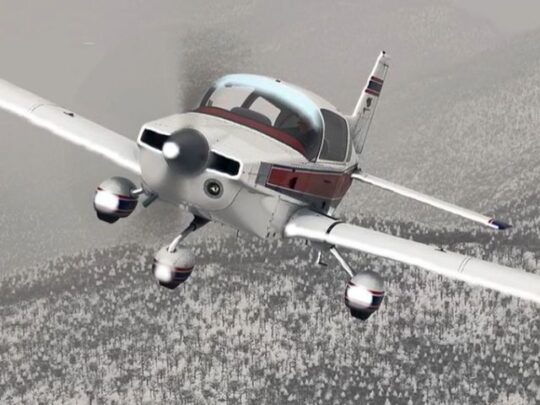Subscriber question:
"The advice for estimating takeoff performance is to add 50 to 100 percent the POH distances. But when I've measured the distances in my own airplane, I get pretty close to the POH numbers. Why can't I just use the numbers in the POH as a baseline and add a buffer appropriate for the situation?" — Danny E.
Jeff:

“First off: You’re absolutely right that the essential thing is adding a buffer you feel comfortable with. For many pilots, doubling the POH numbers is a quick way to get that buffer. Simple math can be limiting, however, so you might want an alternate plan.
The number one thing that will affect your takeoff performance is pilot technique. Kudos to you that you’re seeing near-book figures. Presumably, you’re using the right technique, such as short-field procedures if appropriate, and executing that technique well. I’ll also assume that your airplane is in good condition with the engine producing close to its full rated power.
The next big factors pilots overlook are the winds (head or tail) and density altitude. Presumably, you understand these factors and are using the correct conversions on your performance charts if you’re getting POH performance. There are also small corrections for things like runway slope and surface that can matter, especially if you’re getting into smaller, unimproved strips. If that’s the kind of flying you do, work with an expert to fine-tune your corrections and technique. For most level, paved runways this is not a big deal.
So far I haven’t made a convincing case for skepticism of POH takeoff performance. Let me throw a wrench in the works now by comparing the performance charts for the Turbo Arrow III with the Turbo Arrow IV. There are structural differences between these two, but it turns out the performance when objectively measured is virtually identical (according to Piper themselves).
However, the performance charts tell a different story. The published flaps-zero takeoff performance over a 50-foot obstacle at sea level and 30°C is 2750 feet for the Arrow III and 2500 feet for the Arrow IV. Virtually the same. By 4000 feet pressure altitude at the same temperature that difference is 4400 feet for the Arrow III—but still only 2900 feet for the Arrow IV. By 8500 feet pressure altitude it’s 6250 feet versus only 3800.
Again: According to Piper the actual performance as measured by test pilots was virtually the same. But those tests were done under a limited set of density altitude conditions and extrapolated from there. The difference comes solely from the assumptions made in calculating how that performance will degrade with increasing density altitude. Make a small change in the equation used for that and it could compound radically at the edge of the envelope.
Which is correct? Neither? Both? I don’t know.
The takeaway here is that you’re right to test your specific airplane’s performance with you at the controls, but don’t assume agreement in one area of the performance chart means agreement in all parts of all performance charts. When you venture into higher or hotter conditions than you’re used to, redo your tests.
Unless you know for sure, treat those POH numbers with caution.”
How do you typically adjust POH takeoff numbers when you use them for takeoff planning?

